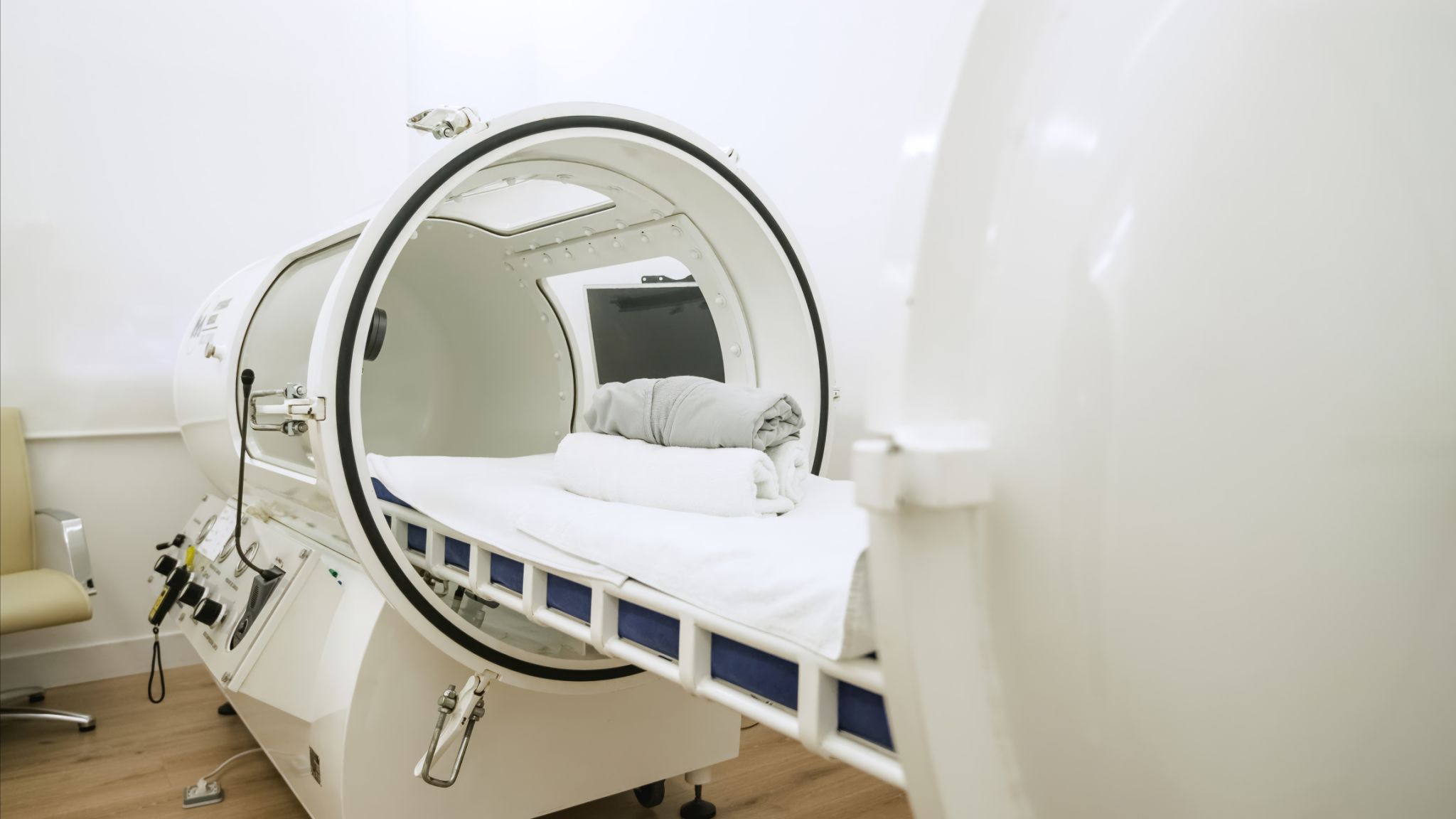Expert Tips for Maintaining Your Hyperbaric Oxygen Therapy Equipment
Understanding Your Equipment
Hyperbaric Oxygen Therapy (HBOT) equipment is an essential investment for clinics and wellness centers. Proper maintenance ensures the longevity and efficiency of your equipment, providing the best care for your clients. Understanding how your equipment functions is the first step in maintaining it effectively.
HBOT chambers work by delivering pure oxygen in a pressurized environment, which enhances the body's natural healing process. The equipment typically includes the chamber itself, oxygen concentrators, and control systems. Regular maintenance is crucial to ensure these components function optimally.

Daily Maintenance Practices
Daily maintenance of your HBOT equipment can prevent minor issues from becoming costly repairs. Start by conducting a visual inspection at the beginning of each day. Check for any signs of wear or damage on the chamber and associated components.
Ensure that all connections are secure and that there are no leaks. Pay particular attention to the seals and gaskets, as these are crucial for maintaining pressure within the chamber. It’s also important to verify that the oxygen concentrator is functioning correctly, as any malfunction could compromise patient safety.

Cleaning and Sanitation
Keeping the HBOT chamber clean is vital for patient health and equipment integrity. Use non-abrasive cleaners to wipe down the interior and exterior surfaces of the chamber after each session. This prevents the buildup of bacteria and other contaminants.
Focus on high-touch areas such as control panels and entry handles. Implementing a thorough cleaning protocol not only ensures a hygienic environment but also prolongs the lifespan of your equipment.
Regular Technical Inspections
Apart from daily checks, scheduling regular technical inspections is essential. These should be performed by professionals who can assess the operational efficiency of your equipment. Regular inspections can help identify potential issues before they escalate into major problems.
During these inspections, technicians will typically evaluate the pressure systems, calibrate sensors, and test the functionality of control systems. This proactive approach ensures that your HBOT equipment remains in peak condition, offering reliable service to your clients.

Training Staff
Properly trained staff are crucial in maintaining your HBOT equipment. Ensure that all team members understand how to operate the equipment safely and effectively. Regular training sessions can help keep everyone informed about best practices and any updates related to equipment handling.
Staff should be familiar with emergency procedures and know how to recognize early signs of equipment malfunction. Empowering your team with knowledge not only boosts confidence but also enhances overall safety and efficiency in your facility.
Maintaining Documentation
Keeping detailed records of all maintenance activities is essential for tracking the performance and service history of your HBOT equipment. Documenting routine inspections, repairs, and upgrades can provide valuable insights into usage patterns and potential issues.
This documentation can also be beneficial when planning future maintenance schedules or when addressing any warranty-related concerns with manufacturers. By maintaining comprehensive records, you can ensure that your equipment remains compliant with industry standards and regulations.

Conclusion
Maintaining your Hyperbaric Oxygen Therapy equipment is an ongoing process that requires diligence and attention to detail. By following expert tips on daily maintenance, regular technical inspections, staff training, and documentation, you can ensure the longevity and reliability of your investment.
Implementing these strategies not only enhances the effectiveness of your treatment offerings but also positions your facility as a leader in patient care and safety within the industry.